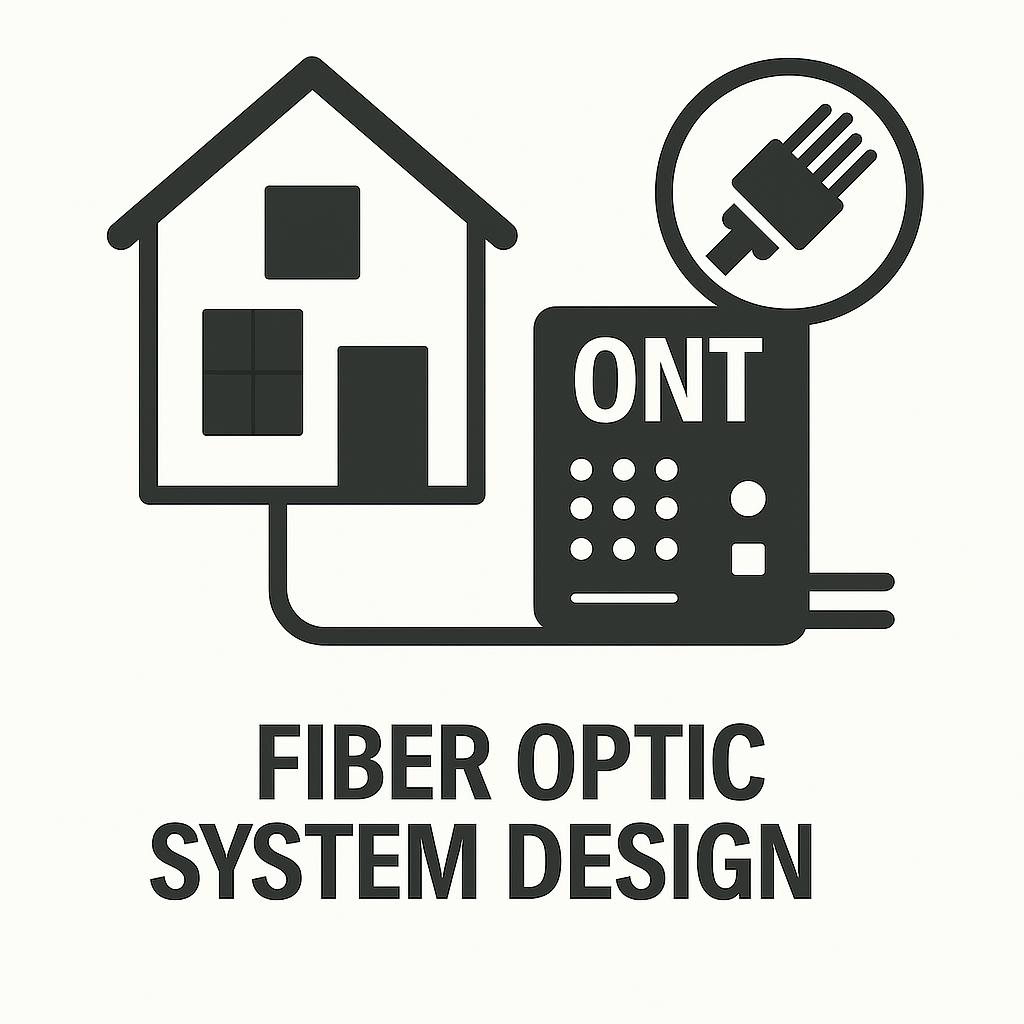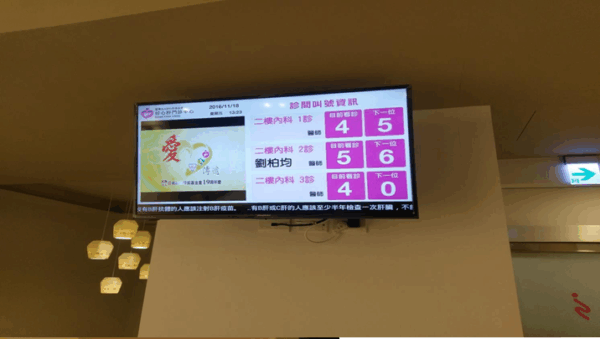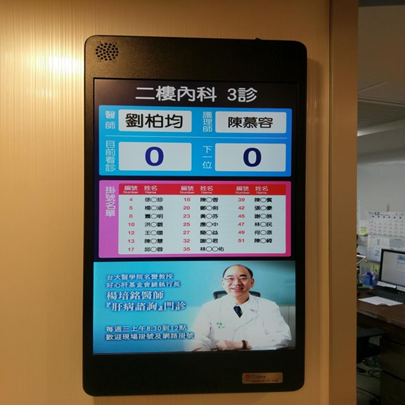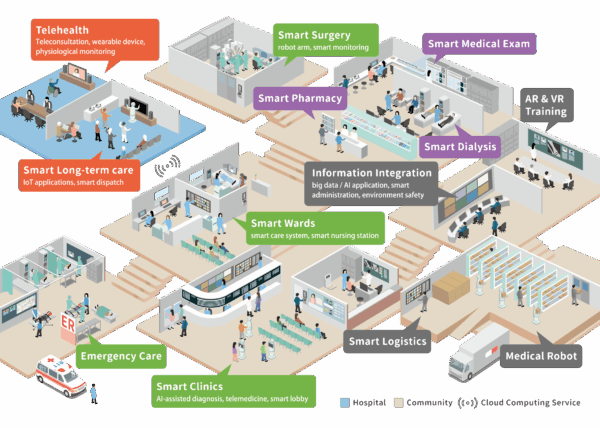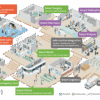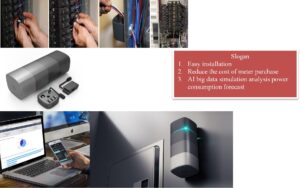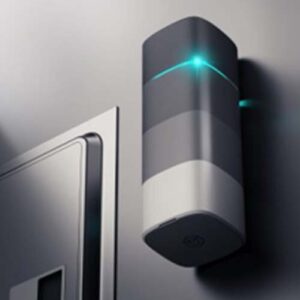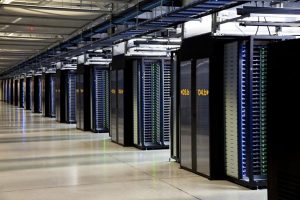FGT think your best choice in the future
System Integration Designers in FGT
Buildings | Fiber Optic System Design
Building | Telecommunications System Design: Telecommunications system design for buildings is a specialized project that integrates communication technology, spatial planning, and regulatory compliance, and is particularly crucial for residential complexes and building permit approvals. The following is a summary of the design brief and technical architecture. The FGT First General Technology ECC Smart Building Design Team assisted with NCC review and filing, collaborating with architectural firms and electrical engineering firms for the joint design.
Buildings | Fiber Optic System Design
Function Introduction | Fiber Optic System
Fiber optic system design plays a crucial role in modern buildings. Its superior data transmission capabilities and interference resistance meet the demands of today's high-speed communications. As fiber optic technology continues to evolve, designing and implementing efficient fiber optic systems in buildings becomes increasingly crucial. This impacts not only communication performance but also the future scalability and operational efficiency of the entire facility. Exploring the key steps in fiber optic system design will help us better understand and address this technical challenge.
Some Key Points in Designing Building Fiber Optic Systems
Design Process Introduction
When designing a fiber optic system, it's crucial to follow a clear design process. First, a requirements analysis is required to ensure the system will meet the needs of all users while considering future scalability. Next, a budget assessment and resource allocation are conducted to ensure the project can be successfully completed within cost constraints. Designers must select the appropriate fiber type, considering factors such as transmission distance, bandwidth requirements, and environmental conditions. During the layout phase, the fiber's path must be carefully planned to avoid excessive bends and interference sources. Next, hardware selection involves choosing appropriate connectors, splitters, and modular components to ensure system stability and flexibility. After installation, comprehensive testing is required to verify system performance under varying loads and environments. Finally, designers should establish a long-term maintenance plan to ensure optimal operation throughout the system's lifecycle. By following these steps, an efficient and reliable fiber optic communications system can be effectively designed.
Comparison between single-mode fiber and multimode fiber
Analysis of their respective advantages and disadvantages
Single-mode fiber and multimode fiber each have their own unique advantages and disadvantages in design and application. Single-mode fiber is known for its smaller core size and single optical path, which enables it to provide higher bandwidth and lower signal attenuation over long transmission distances, making it suitable for long-distance communication needs. However, single-mode fiber has relatively high installation and maintenance costs and requires the use of lasers as light sources, which increases the initial investment. In contrast, multimode fiber has a larger core diameter, allowing multiple optical paths to transmit simultaneously. This allows it to provide higher data throughput over short distances and has lower installation costs. However, multimode fiber is prone to modal dispersion over long transmission distances, resulting in degraded signal quality. Understanding these characteristics can help you make informed choices for different application scenarios.
The Importance of Choosing the Right Fiber Type
Selecting the appropriate fiber type is crucial to the overall performance of a fiber optic system. Because single-mode and multimode fibers differ significantly in performance, cost, and application scenarios, understanding their respective advantages helps designers and engineers make optimal decisions when planning network infrastructure. Single-mode fiber effectively supports long-distance, high-speed transmission requirements and is suitable for applications such as backbone networks and metropolitan area networks. Multimode fiber, on the other hand, offers cost-effectiveness and is ideal for data centers and local area networks. The right choice not only improves system reliability and performance but also helps control budgets and ensure future scalability and compatibility. Therefore, in fiber optic system design, thoroughly analyzing requirements and application scenarios to select the appropriate fiber type is an essential step.
Planning and implementation of fiber optic cabling
Wiring architecture design
When designing a fiber optic cabling architecture, it's crucial to consider the building's structure and function. First, the building's size and usage should be assessed to determine the bandwidth and number of connection points required for the fiber optic system. Next, designers need to minimize fiber paths to reduce signal attenuation and installation costs. This typically involves determining trunk and branch cable routing and utilizing modern cabling technologies, such as modular cabling systems, to enhance flexibility. Furthermore, consideration should be given to future upgrade possibilities, with space reserved for additional fiber cores and ducting to facilitate future expansion and technology upgrades. Finally, selecting the appropriate fiber type and connectors is crucial to ensure system reliability and durability.
🧩 Core architecture for building telecommunication system design
| Modules | illustrate |
|---|---|
| Introduction of facilities | Includes access points for external signals such as fiber optic, telephone, and cable TV |
| Telecommunications room configuration | MDF/OLDF main distribution frame, optical terminal equipment, UPS power supply, etc. |
| Main wiring system | Vertical trunk wiring, connecting each floor with the telecommunications room |
| In-home wiring system | Extensions, sockets, and network points are configured to support voice and data communications |
| Telecommunications security grounding | Lightning protection and grounding design to ensure equipment stability and personnel safety |
| Space setting and division of responsibilities | Clearly define the maintenance responsibilities and construction scope of telecommunications equipment |
Planning floor plan configuration and elevation map design
Demand Analysis:
According to the building plan provided by the architect
Understand the type, size, purpose of use of the building and the users' needs for telephone communications to determine the size and function of the system.
System Architecture:
Select the appropriate fiber storage box, OLDF cabinet (41U/15U) system, or fiber jumper, and plan the line wiring plan.
Space Configuration:
Determine the location and size of telephone rooms, telecommunications rooms, cable ducts, and other spaces.
Equipment selection:
Select standard MDF distribution frames, OLDF cabinets, telephone 10C terminal boards, cables and other equipment to ensure the stability and reliability of the system.
Construction piping and wiring design and equipment installation design
Things to note during construction
During the construction phase of fiber optic cabling, attention to detail is crucial to ensuring the final result. First, construction personnel should ensure that the placement and fixing of the optical fiber complies with the design specifications to avoid damaging the optical fiber and thus affecting the signal transmission quality. In addition, environmental factors such as temperature and humidity must also be considered, and construction should be avoided under extreme conditions to prevent physical damage to the optical fiber material. During the construction process, appropriate tools and equipment should be used to ensure that the optical fiber is terminated and spliced correctly, and necessary tests should be performed to confirm the validity of each connection. Finally, complete documentation and quality inspection steps ensure that every aspect of the construction complies with regulations and industry standards, thereby providing an efficient and stable fiber optic network system.
Excavation pipe design:HH, PB and other types of guide tube design
Drain tank configuration design:The telecommunications room is located in the basement, and the pipe is led to the flood detention pond.
Grounding system co-design:Participate in the design of system grounding with motor technicians
Equipment selection for fiber optic systems
Selection of fiber optic connectors and accessories
When selecting connectors and accessories for a fiber optic system, performance and reliability are paramount considerations. Different applications may require different types of connectors, such as LC, SC, or ST, each with its own unique advantages and application environments. Furthermore, the quality of accessories such as splitters and couplers should be carefully examined, as these components directly impact signal transmission quality and the overall operational efficiency of the system. Of course, price is also a factor that cannot be ignored; choosing cost-effective products can significantly save costs throughout the project. Ensuring that these devices can operate in harsh environments and are seamlessly compatible with other system components is crucial to ensuring the long-term stability and reliability of the fiber optic system.
Device compatibility considerations
When designing a fiber optic system, equipment compatibility is a crucial consideration. Whether it's connectors, buffer tubes, or fiber modules, these devices must integrate seamlessly with the existing network architecture. First, ensure that the equipment you choose complies with international standards, such as ISO or TIA/EIA, to minimize compatibility issues. Additionally, consider future scalability and choose equipment that can be easily upgraded or expanded, allowing for quick system adjustments as needs change. Finally, choose a brand with excellent after-sales service and technical support. This provides immediate technical assistance when needed, preventing system downtime or failures caused by equipment incompatibility.
Application examples of building fiber optic systems
Typical application scenarios
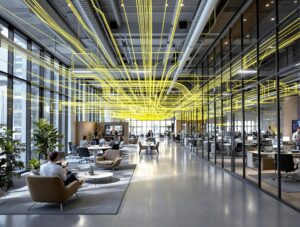
Fiber optic systems are increasingly used in modern buildings, with their speed and reliability becoming core requirements for many projects. First, in data centers and smart buildings, fiber optics provides high-speed connections, ensuring the immediate transmission of large amounts of data. Furthermore, fiber optics is used in security systems in large commercial buildings, supporting high-definition monitoring and real-time data analysis. Other applications include smart home systems, which connect various smart devices via fiber optics, providing seamless data transmission and control, and improving residents' quality of life and safety. Advances in fiber optic technology have made these applications no longer a futuristic fantasy but a part of everyday life, enabling us to enjoy a more efficient and convenient digital living environment.
Actual case sharing
In a real-world example, a smart city project leveraged a fiber optic system to comprehensively monitor and manage urban traffic. The project deployed a large number of fiber-optic cameras and sensors to collect real-time traffic flow data, which was then transmitted via the fiber optic network to a data center for immediate analysis and decision-making. The results showed significant improvements in traffic congestion and a reduction in accident rates. Furthermore, an international airport successfully implemented a fiber optic network encompassing passenger flow management, baggage tracking, and security systems. This not only improved airport operational efficiency but also significantly enhanced passenger safety and comfort. These successful cases demonstrate the enormous potential and advantages of fiber optic technology in improving the operation and management of public facilities.
Technological challenges and future development trends
Current technical bottlenecks
When designing fiber optic systems for buildings, current technology faces several key bottlenecks. First, existing fiber optic cabling designs often struggle to achieve optimal routing in complex building structures due to space constraints, resulting in reduced signal transmission efficiency. Furthermore, fiber optic systems are expensive to install and maintain, especially when large-scale upgrades or expansions are required. Furthermore, a shortage of skilled personnel creates challenges in designing and maintaining fiber optic systems, as specialized expertise is required to resolve complex technical issues. These bottlenecks need to be overcome to improve overall system efficiency and effectiveness.
Future technology development direction
Looking ahead, fiber optic system design will focus on improving transmission speed and efficiency while reducing costs. The introduction of automated and intelligent technologies will help streamline the design and installation of fiber optic systems. With continued technological advancements, new fiber optic materials and technologies, such as quantum dot fiber and core enhancement technology, are being researched. These technologies have the potential to significantly increase signal transmission capacity and speed. Furthermore, the use of artificial intelligence and big data analytics to predict and optimize fiber optic system maintenance needs will become a key trend. These innovative approaches will bring greater flexibility and reliability to building fiber optic systems, helping them meet the ever-increasing demand for data.
Summarize
In summary, the application of fiber optic systems in buildings demonstrates their critical role in modern communications and information technology. Through a systematic design process, we can construct efficient and reliable fiber optic networks to meet current and future data transmission needs. Selecting the appropriate fiber type and accessories not only improves system performance but also effectively controls costs and ensures long-term operational stability.
However, we must also recognize technical challenges, such as space limitations and high installation and maintenance costs, which require innovative technologies to address. With the continued development of fiber optic technology, new materials and technologies will further increase fiber transmission speed and efficiency, reducing the operational complexity and cost of the overall system.
In this process, readers are encouraged to consider how these technologies can be applied in their own environments, or to participate in related discussions and practices. This will not only help you understand the profound impact of fiber optic technology but also enhance your insight into future technological evolution. I hope this article will spark your interest in fiber optic system design and inspire more innovative application ideas.
📐 Design reference specifications and resources
[1] – https://ncclaw.ncc.gov.tw/Download.ashx?pfid=0000289025
[2] – https://www.ncc.gov.tw/chinese/files/21051/538_45731_210519_1.pdf
Preparation of relevant submission materials
Registration and review fees
1) Chunghwa Telecom Review
2) NCC National Communications
3) Cable TV censorship
4) Pay the audit fee on your behalf
《Accountability of expenses》

Completion preparation materials
1) NCC review copy
2) Grade B technician visa and entry
3) A copy of the Telecommunications Union member's license
4) Entry and visa for electrical technicians
5) Optical fiber measurement and certification
6) Network test report and original files and certificates
7) Grounding and insulation testing
8) Documents
Relevant regulations and standards:
-
- Building Regulations:
The design of a building's telephone system needs to comply with local building regulations and fire safety regulations. - Telecommunications Regulations:
The design of building telephone systems needs to comply with telecommunications regulations and related standards to ensure system compliance. - Pro Tips:
It is recommended to seek assistance from a professional FGT engineering company or ECC consulting company to plan, design and construct the telephone system to ensure the quality and reliability of the system.
During the design and construction process, the particularities of the building should be fully considered, such as sound insulation, anti-interference and other factors.
Choose a supplier with good after-sales service so that you can get timely support and maintenance when problems occur in the system.
In short, the design of a building telephone system is a complex process involving many factors and requires professional knowledge and experience. Through reasonable planning, design and construction, it can be ensured that the telephone communication system in the building can meet the needs of users and provide reliable and stable services.
- Building Regulations:
Therefore, a good telecommunications system design can not only improve user satisfaction, but also effectively improve the overall building operation efficiency.
Telecommunications system design related technologies
building telecommunications cabling|function in building systems design|form and function in building|does building systems design
telecommunications rooms|ufc information|does building systems design|
FGT First General Technology ECC Smart Building Design Team assists NCC in reviewing and filing, and professionally cooperates with architectural firms and electrical firms to jointly design
FGT Telecom Design Works
Statistics over the years
Collective housing: 419,000 m2
Tower house: 223,000 m2
Commercial and office building: 362,000 m2
Factory: 1.438 million m2

